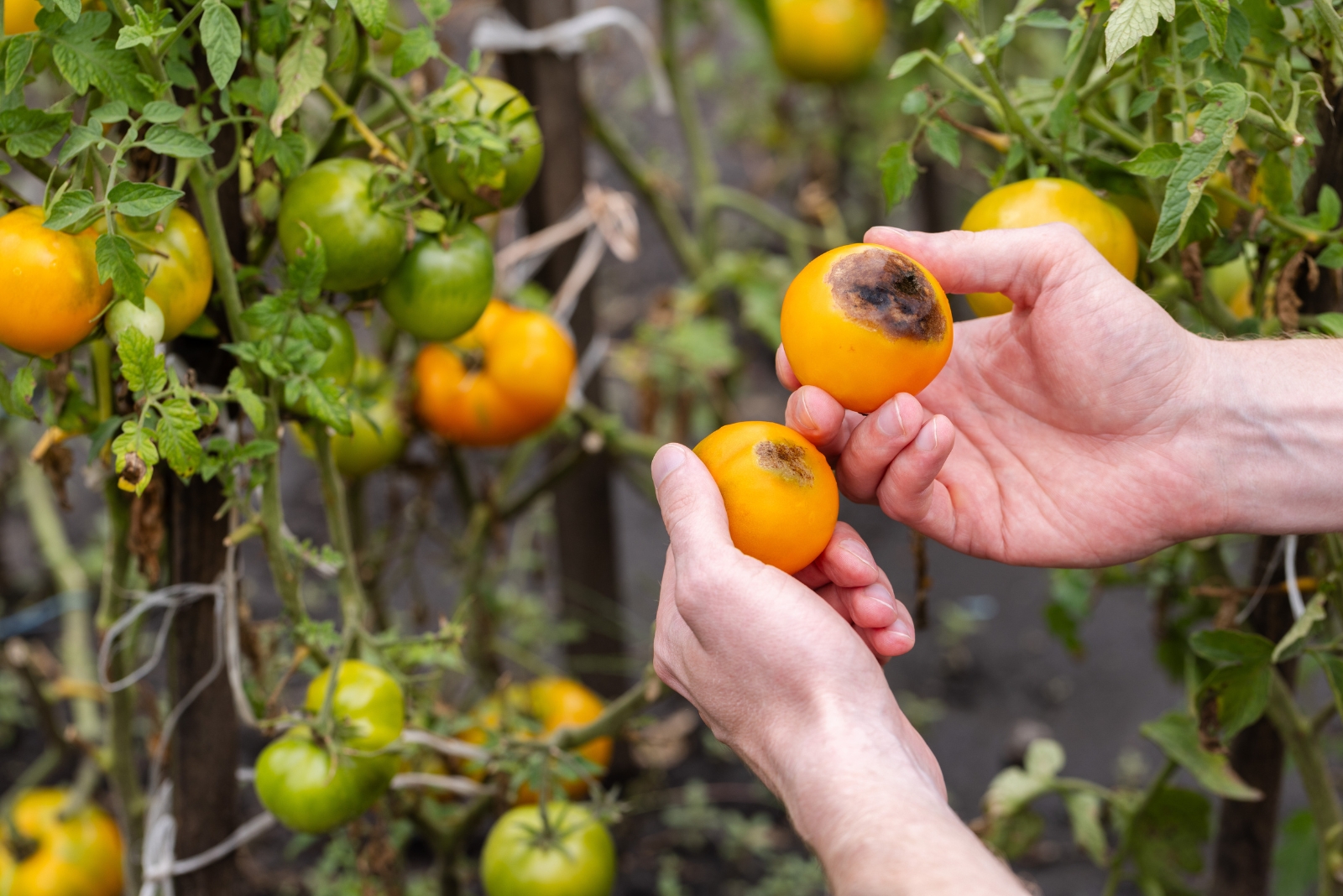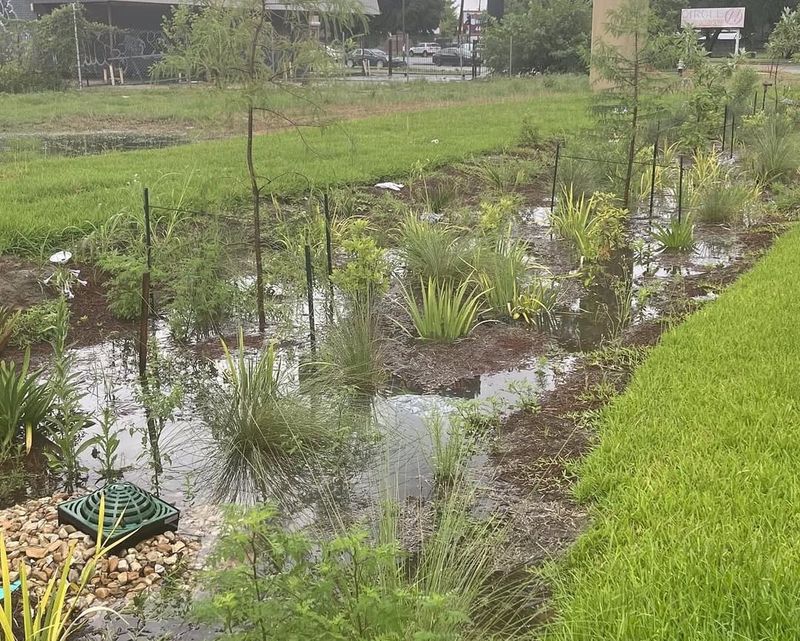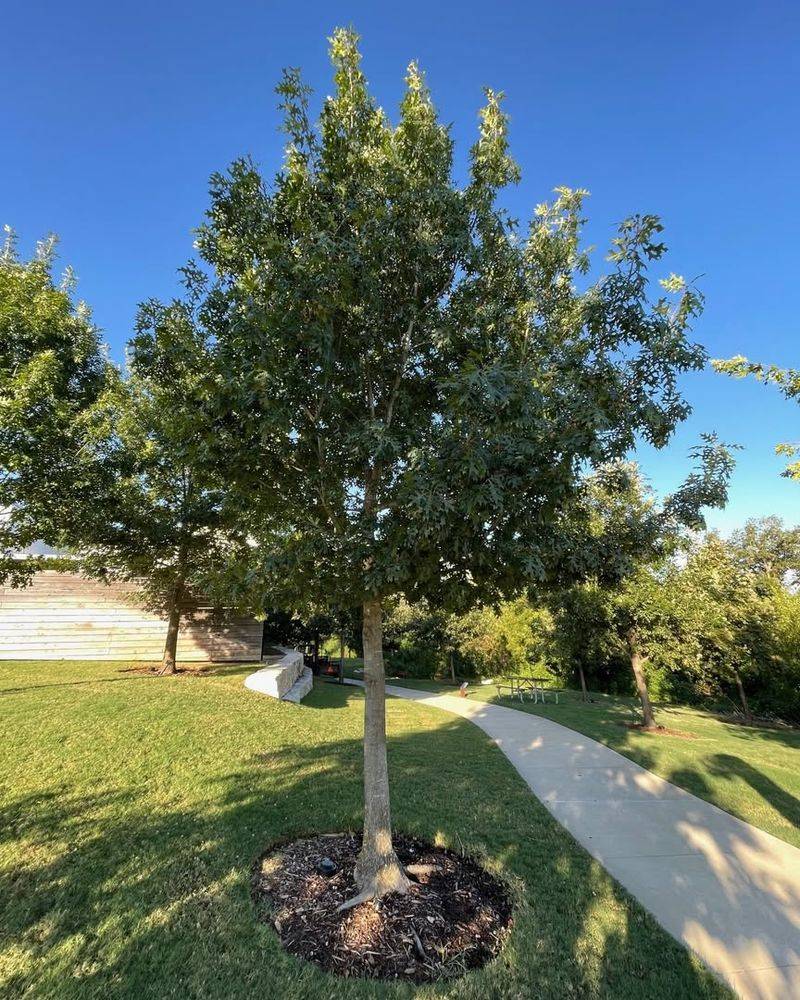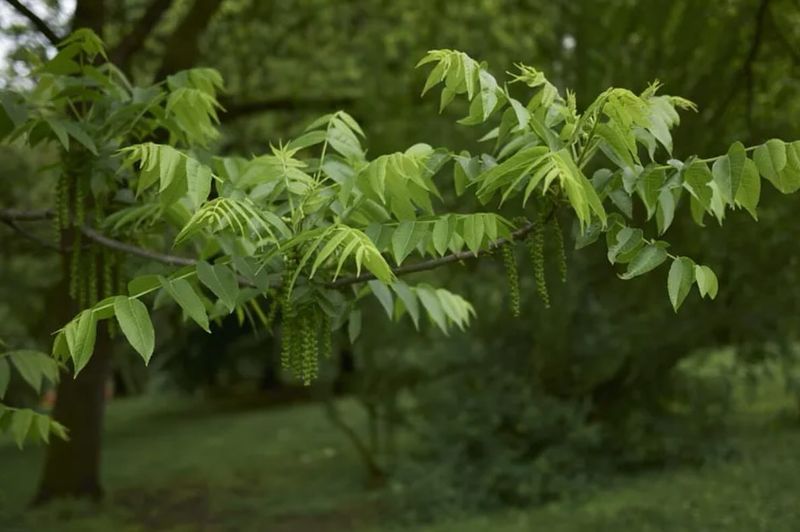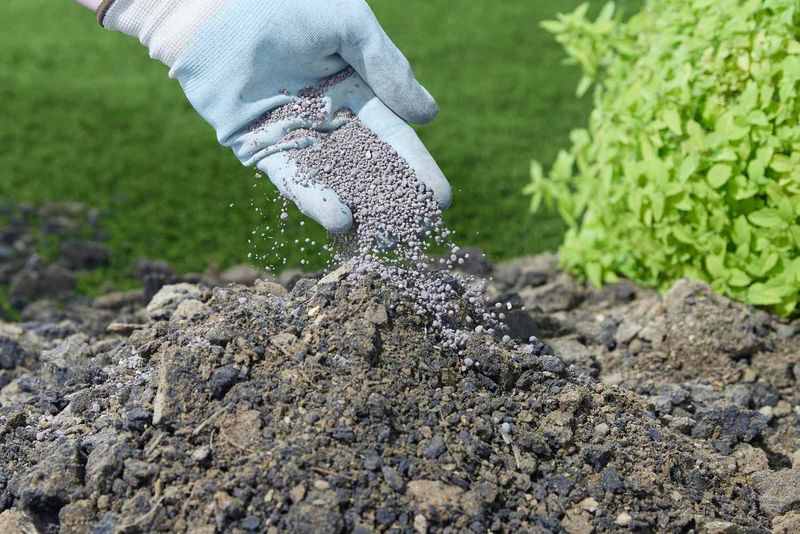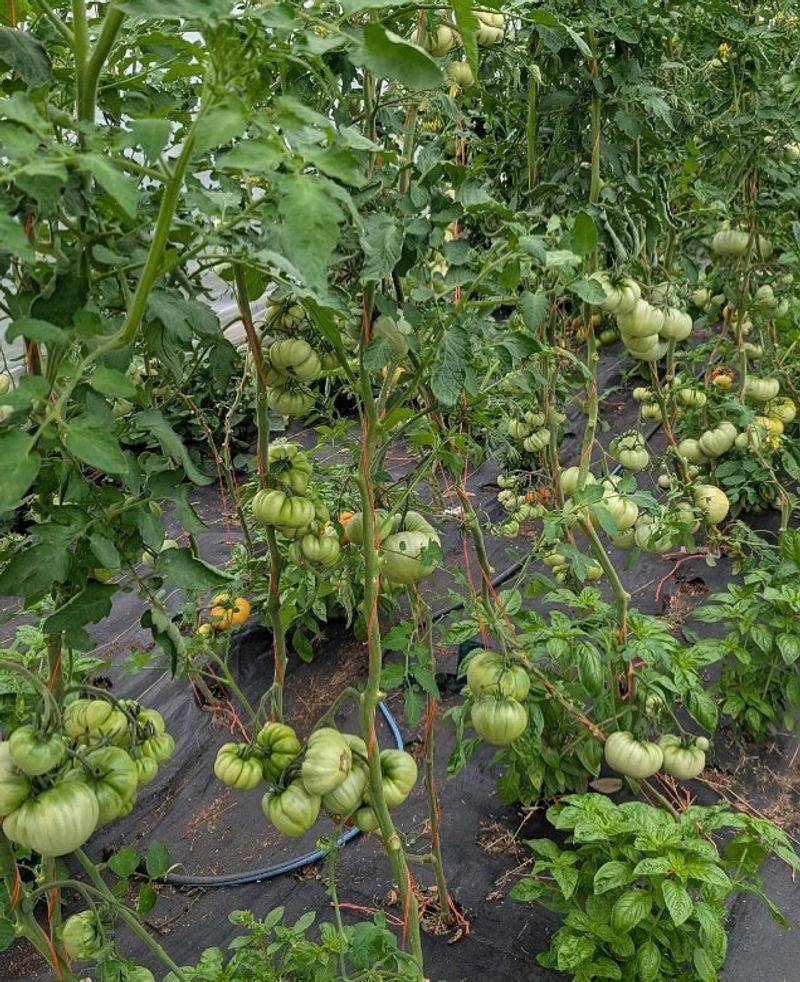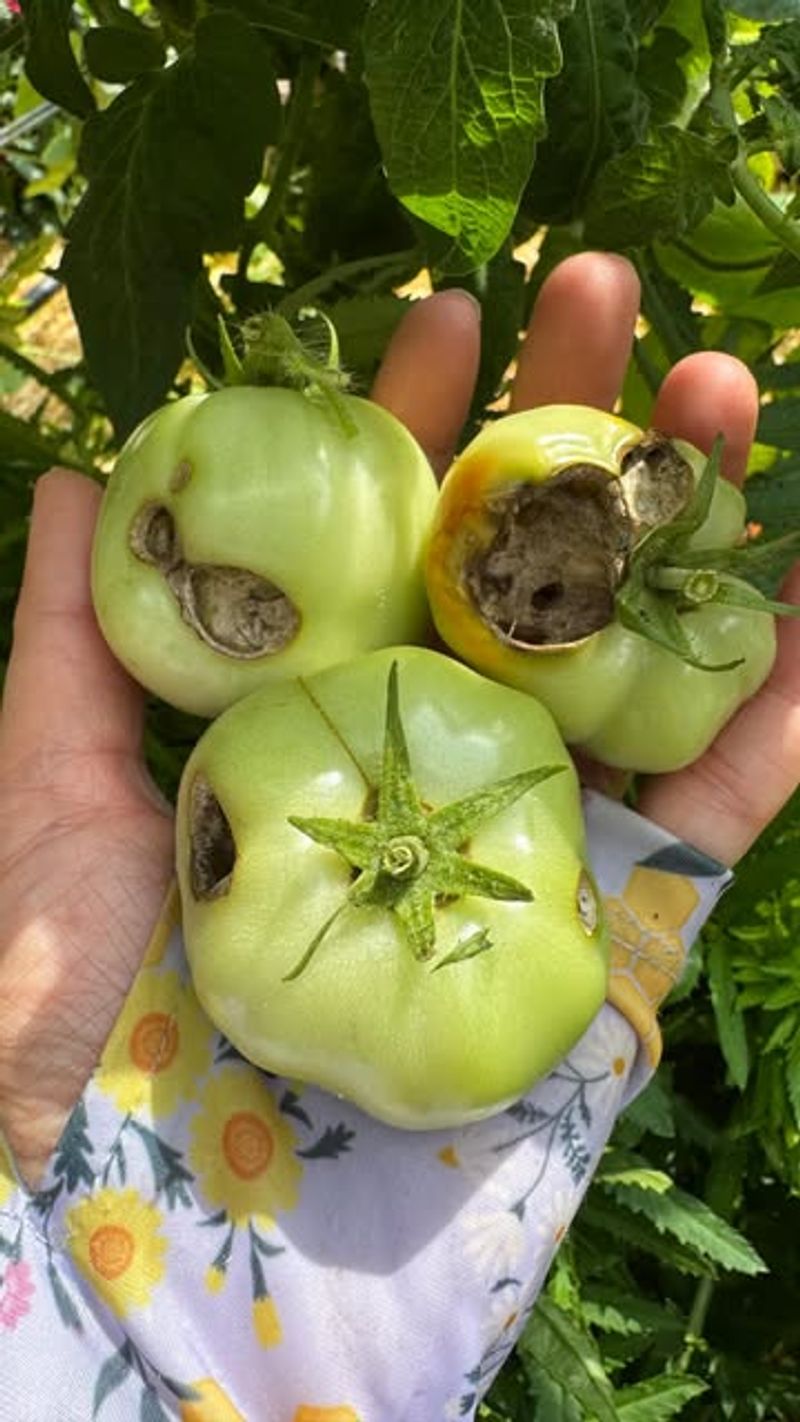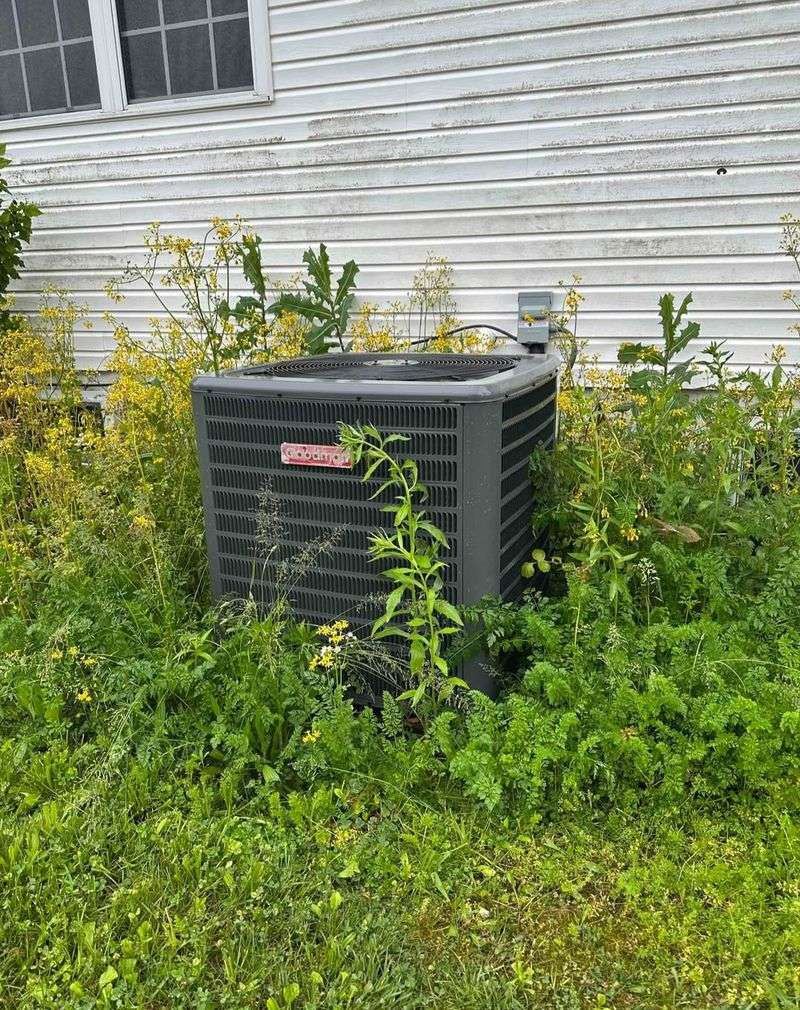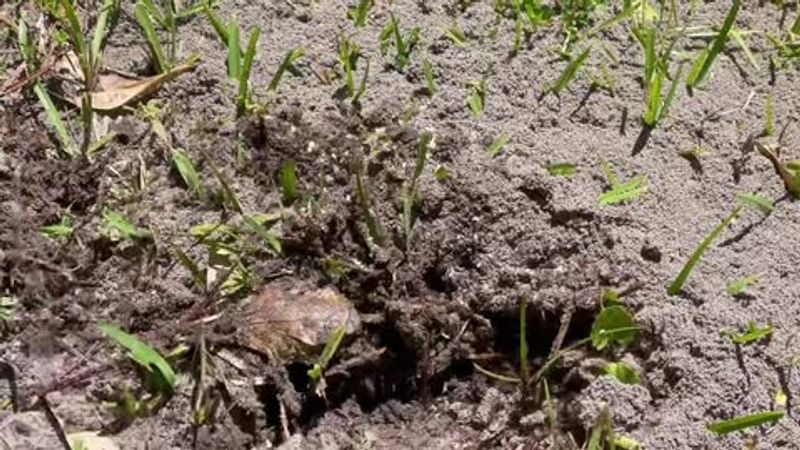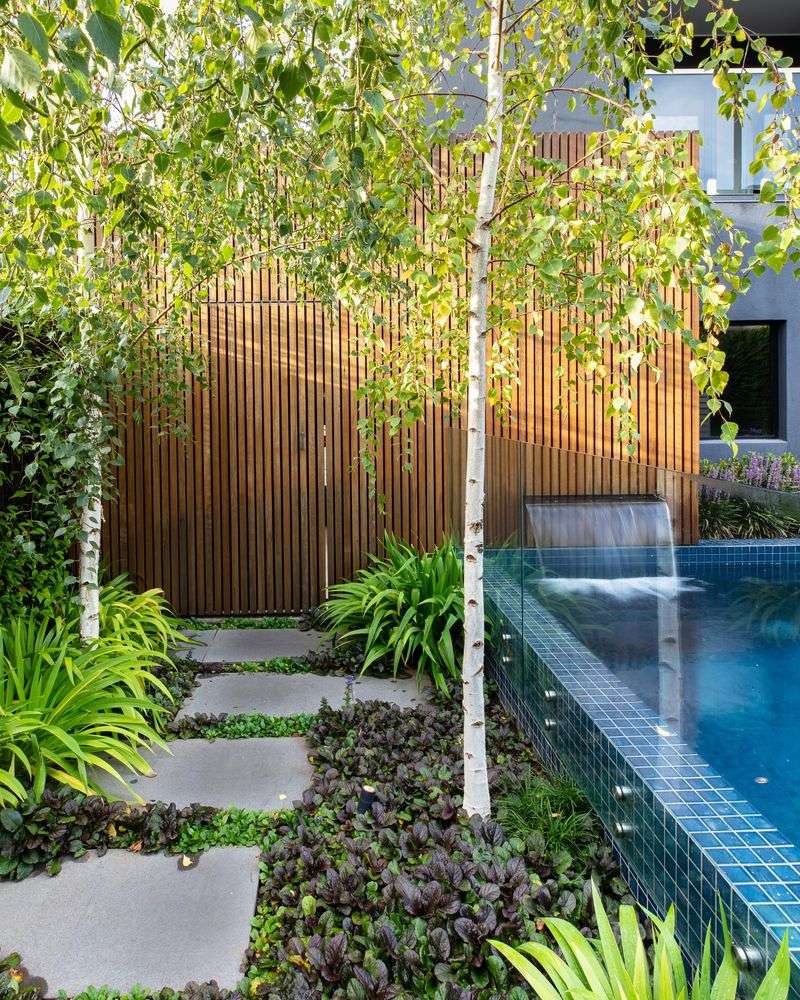Growing juicy tomatoes in Louisiana can be challenging if you don’t pick the right spot. Our state’s unique climate and soil conditions mean some locations spell disaster for tomato plants.
Gardening experts across Louisiana have identified several places where tomato plants struggle to thrive, saving you time and disappointment.
1. Low-Lying Areas Prone To Flooding
After a heavy Louisiana downpour, low spots in your yard become tomato death traps. Standing water quickly leads to root rot and fungal diseases that kill plants within days.
Our state’s frequent summer storms make drainage crucial for tomato success. Choose elevated garden beds or mounded soil instead, allowing excess water to flow away from delicate root systems.
2. Under Oak Trees Or Large Shade Trees
Magnificent Louisiana oak trees create beautiful landscapes but terrible tomato growing conditions. The dense canopy blocks essential sunlight while aggressive tree roots steal nutrients and water from your plants.
Tomatoes need at least 6-8 hours of direct sun daily to produce fruit. The dappled shade beneath trees simply isn’t enough for healthy development and fruit production.
3. Near Black Walnut Trees
Black walnut trees are secret tomato killers lurking in Louisiana landscapes. These trees release juglone, a natural chemical that’s highly toxic to tomato plants, causing wilting and death.
The toxin spreads through soil up to 80 feet from the tree trunk. Even after removing a walnut tree, the soil remains contaminated for years. Always plant tomatoes far from these trees or their stumps.
4. Clay-Heavy Soil Patches
Louisiana’s infamous clay soil creates tomato nightmares in many gardens. The dense, compacted nature prevents proper root development while trapping too much moisture around roots during our humid summers.
Clay soil also heats up slowly in spring, delaying plant growth. Serious tomato growers avoid these spots entirely or invest in raised beds with imported soil mixtures specifically formulated for vegetable gardens.
5. Previous Tomato Or Nightshade Planting Sites
Rotating crops isn’t just garden advice—it’s essential for Louisiana tomato success. Planting tomatoes where they or their relatives (peppers, eggplants, potatoes) grew last year invites disaster.
Disease organisms specific to nightshade plants build up in the soil and overwinter. Many tomato-specific soil pathogens thrive in our warm climate, ready to attack this year’s crop. Wait at least 3 years before replanting tomatoes in the same spot.
6. Areas With Poor Air Circulation
Corners against buildings or fences create death zones for Louisiana tomatoes. Our high humidity combined with still air creates perfect conditions for fungal diseases like early blight and leaf spot.
Tomato plants need constant airflow to keep foliage dry. Cramped spaces where air stagnates encourage rapid disease spread, especially during muggy summer nights when condensation forms on leaves. Choose open areas where gentle breezes can reach plants from all sides.
7. Near Air Conditioning Units
The constant hot air blast from AC units creates a hostile microclimate for tomatoes in Louisiana gardens. The fluctuating temperatures and dry air pockets stress plants and disrupt fruit development.
AC units also drip condensation that may contain copper and other metals from the system. This runoff can alter soil pH and introduce harmful compounds. Keep tomatoes at least 10 feet away from any outdoor HVAC equipment.
8. Areas With Fire Ant Mounds
Fire ants create more than painful stings for Louisiana gardeners—they’re tomato plant destroyers too! These aggressive insects chew through tender stems and roots while disrupting the soil structure around plants.
Their large mounds also redirect rainfall away from plant roots. When working around tomatoes, disturbing nearby ant colonies sends them into a frenzy, attacking plants and people alike. Treat ant problems before planting tomatoes in infested areas.
9. Near Swimming Pools Or Chlorinated Water
Pool splash zones spell trouble for Louisiana tomato plants. Chlorinated water damages foliage on contact and builds up in soil over time, creating toxic conditions for sensitive root systems.
Salt-based pool systems are equally harmful. The wind carries fine chlorine mist surprisingly far from pools during hot summer days. Choose garden locations well away from pools, hot tubs, or areas where pool equipment drains or backwashes.

